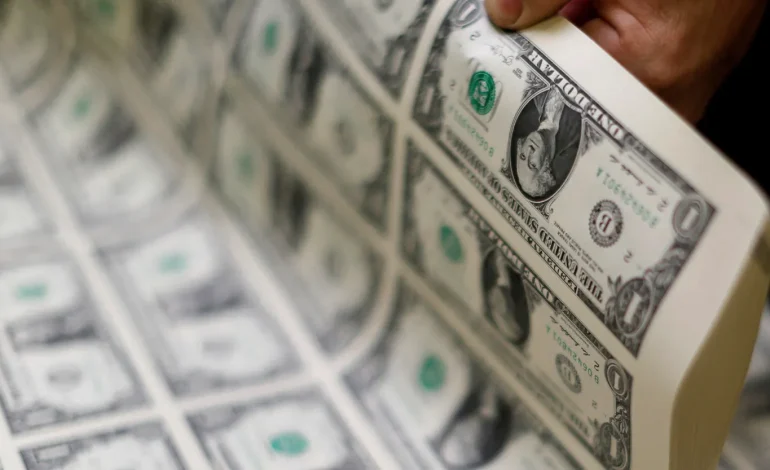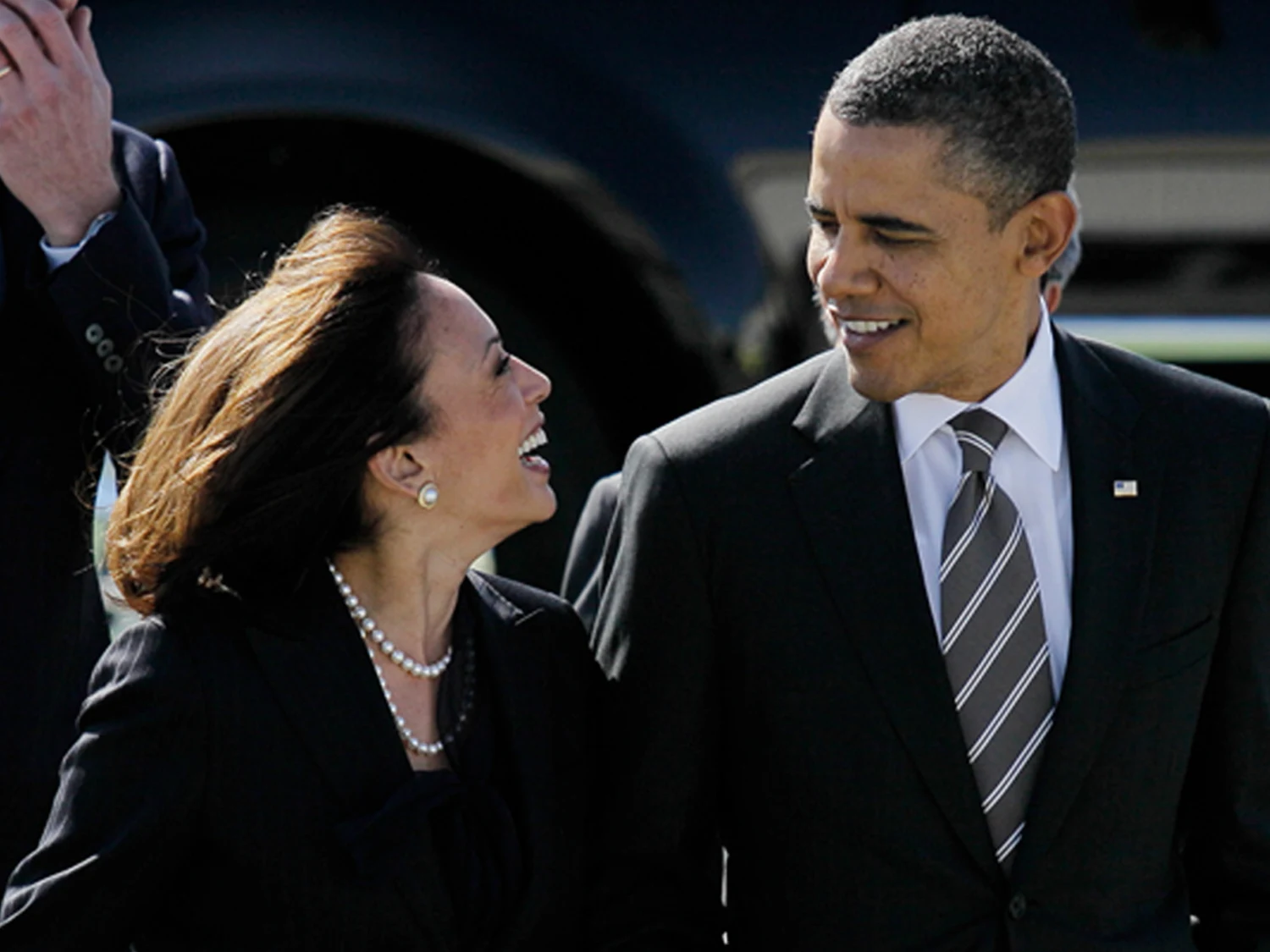The US dollar maintained its strength against major currencies on Friday, following its best single-day performance in three weeks.
The rally came after the Federal Reserve signaled it is in no rush to cut interest rates, reinforcing market confidence in the greenback.
The US dollar index, which measures the currency’s performance against a basket of six major counterparts, remained steady at 103.81 as of 0036 GMT, following a 0.36% climb on Thursday. Earlier in the week, the index had touched a five-month low of 103.19, retreating from a peak of 110.17 in January.
The dollar’s recent surge has been driven by shifting market expectations regarding US monetary policy. On Wednesday, the Federal Reserve kept interest rates steady and maintained its previous projection of two quarter-point rate cuts later this year. However, Fed Chair Jerome Powell emphasized that policymakers are in no hurry to make changes.
“We’re not going to be in any hurry to move,” Powell said.
He highlighted the challenge of navigating economic uncertainty linked to US President Donald Trump’s aggressive trade tariffs.
Concerns over global trade intensified after Trump’s administration imposed new tariffs, with another round of reciprocal levies expected on April 2. The uncertainty surrounding these policies has left investors cautious, leading to losses in risk-sensitive currencies like the Australian and New Zealand dollars.
- The New Zealand dollar fell more than 1% on Thursday but stabilized at $0.05766. This decline persisted despite data showing that New Zealand’s economy had exited recession in the last quarter.
- The Australian dollar also struggled, hovering at $0.6303 after an 0.86% drop.
Meanwhile, the euro—which holds the heaviest weight in the dollar index—dropped 0.45% on Thursday and was little changed at $1.0854 on Friday. Analysts suggest that profit-taking and uncertainty about German fiscal policies have contributed to the euro’s decline.
Analysts anticipate increased volatility as the April 2 tariff deadline approaches.
“We see some signs of a potential turn in the USD … as we head into the tariff announcement, market players may trim back on short positions and adopt a more neutral stance,” said Chris Weston, head of research at Pepperstone.
Sterling also experienced slight losses, easing 0.06% to $1.2961, while the US dollar strengthened against the Japanese yen, rising 0.07% to 148.88 yen. The Canadian dollar remained steady at C$1.4321.










The latest news in your social feeds
Subscribe to our social media platforms to stay tuned